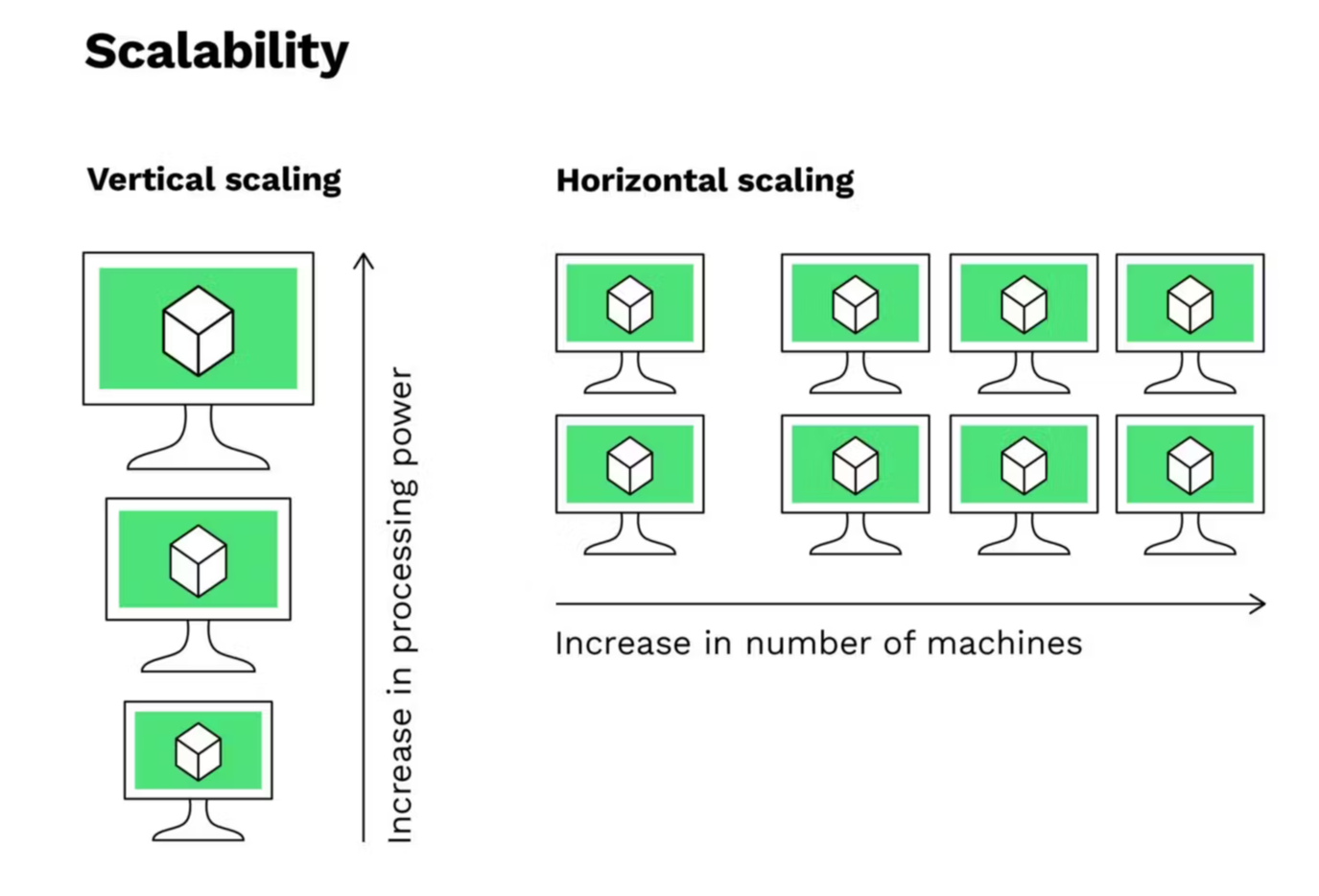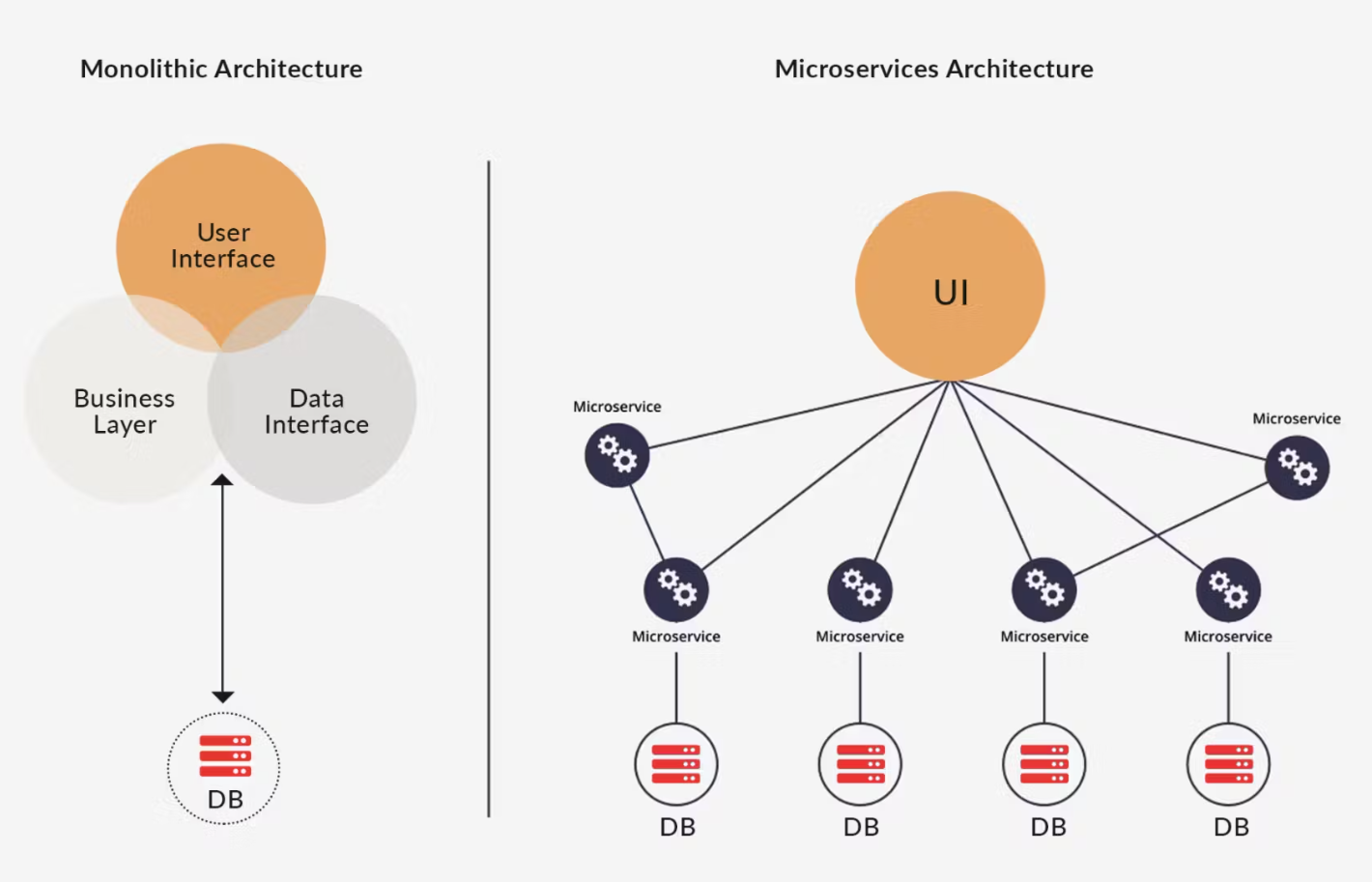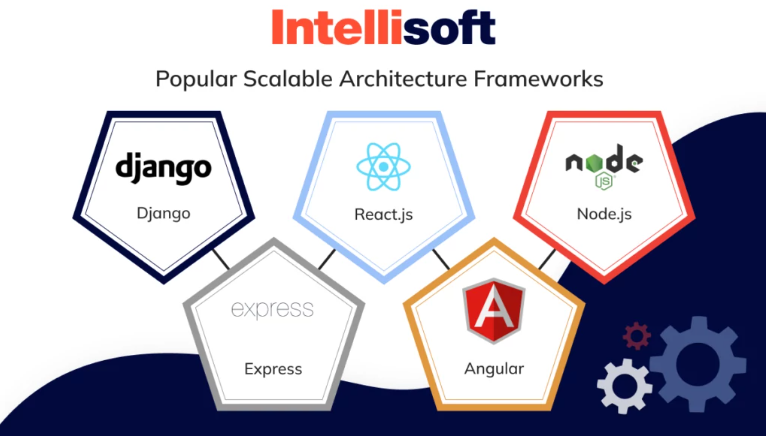
How Scalable Software Architecture Future-Proofs Your Applications

You’ve seen the term software scalability meaning pop up everywhere lately. But what does it really mean for your business—not just for developers? At SKM Group, we define scalability as your application’s ability to handle growing amounts of work, users, and complexity without compromising performance, security, or user experience.
In other words, scalable systems don’t just survive growth. They thrive on it. They adapt when your customer base doubles, your data sets explode, or your operational requirements shift. They can scale up to meet surges in demand, and scale down to control costs. And in today’s market, that flexibility isn’t a luxury—it’s your survival plan.
When we talk about scalability in software engineering, we’re talking about a discipline that goes beyond adding more servers or CPU cores. It’s about designing a software ecosystem that anticipates change, supports modular growth, and maintains integrity under stress.
This means taking into account:
If you can’t achieve these three pillars, your application might be functional—but it’s not future-proof.
At SKM Group, we build around software design scalability principles that put your business objectives first.
These include:
Scalability is not about “just in case” architecture—it’s about just in time readiness.
Vertical scaling adds more power to your existing infrastructure—think upgrading a single server with faster processors or more RAM. Horizontal scaling adds more machines or nodes to distribute the load. Both have their place, but they serve different needs.
Upgrade your tech infrastructure with SKM Group’s cutting-edge IT services: See our IT services.
Vertical scaling is often simpler to implement, but it hits physical and cost limitations quickly. Horizontal scaling, on the other hand, gives you a path to almost unlimited growth, especially in cloud-native environments.
The most successful systems don’t pick one—they blend both strategies to match the nature of the application, workload, and budget.

Scaling software agility is about more than faster deployments—it’s about accelerating the feedback loop between user needs and software delivery. An agile scaling approach means your product evolves without long, risky release cycles.
The result? Your performance metrics don’t degrade when user counts spike. Instead, you maintain or even improve service quality while adapting to change. Agility becomes a performance multiplier, not just a development philosophy.
The direct business advantages of a scalable architecture are clear—and measurable. You gain the ability to grow without massive re-engineering, which means:
When your system scales smoothly, you’re not reacting to growth—you’re driving it.
You prioritize software architecture scalability because the cost of not doing so is far higher than the investment required upfront. If your platform can’t handle growth, your options are limited: degrade the user experience, throttle new sign-ups, or rebuild from scratch.
In competitive markets, none of those options are acceptable. A scalable architecture acts as an insurance policy, ensuring your product roadmap isn’t dictated by technical constraints. At SKM Group, we see it as aligning your technology with your ambition—so your growth strategy isn’t just a marketing plan, but a fully executable reality.
Software scalability testing is your stress rehearsal. It lets you see how your application behaves under different loads before those conditions occur in production.
You conduct these tests:
Without testing, you’re gambling with performance during the moments that matter most. With testing, you can prepare, optimize, and ensure the user never notices the difference—because everything just works.
Tracking software scalability metrics is like checking the pulse of your application. Without them, you can’t know if your system is healthy, improving, or silently failing.
Throughput and Latency as Key Indicators
Throughput tells you how much work your system can handle over time; latency tells you how long it takes to process a single request. Both need to be monitored in parallel. High throughput with low latency is the sweet spot—if one starts to drift, it’s a red flag for performance issues ahead.

Monitoring Resource Utilization Rates
If your CPU, memory, or I/O utilization is consistently maxing out, you’re running at unsustainable levels. Scalability isn’t just about adding more capacity—it’s about ensuring you use your existing resources efficiently.
Tracking Error Rates and System Availability
Error rates are the canaries in your performance coal mine. A spike in failed requests during high load means your system isn’t scaling as it should. High system availability—often measured in “nines” like 99.99% uptime—isn’t just a bragging right; it’s a business necessity. Every minute of downtime costs you credibility, user trust, and revenue.
Cost-to-Performance Analysis for Scale
Scaling without a cost lens can be a financial trap. Adding resources always improves performance—until the bill arrives. That’s why cost-to-performance analysis is critical. You need to measure not only whether the system scales, but whether it scales economically. The smartest scaling strategies align performance gains with proportional cost control.
Assessing User Experience Under Load
Metrics are important, but they don’t tell the whole story. User experience under load is where numbers meet reality. Your app might have acceptable latency in technical terms, but if users perceive it as slow, your scalability strategy has failed. Real-world testing, synthetic transactions, and user feedback loops help you keep perception and performance aligned.
Building software design scaling into your application is a discipline, not a checklist. It requires an architecture that anticipates change, a development process that embraces iteration, and an infrastructure that grows seamlessly.
At SKM Group, our best practices include proactive capacity planning, continuous monitoring, automated scaling policies, and designing with modularity from day one. We also emphasize cross-environment consistency—so scaling in staging predicts scaling in production.
Enhancing scaling software agility starts with removing friction from the development-to-deployment pipeline. The goal is to make scaling a continuous capability, not a one-off emergency measure.
We integrate agile principles with cloud-native tooling, microservices, and continuous integration/continuous delivery (CI/CD) pipelines. This allows changes to be tested, deployed, and scaled in hours—not weeks. The faster you can adapt, the stronger your competitive position.
Cut costs and improve performance with strategic IT outsourcing from SKM Group: Explore IT outsourcing.
As your platform scales, your team must scale with it. But scaling software engineering teams isn’t about headcount—it’s about structure, communication, and shared purpose.
Organizing Around Modular, Scalable Components
When your software is modular, your teams can be modular too. Smaller, autonomous teams can own specific components, improving accountability and reducing coordination overhead.
Integrating DevOps for Continuous Scalability
DevOps is the connective tissue between development and operations. By integrating DevOps practices, you ensure that scaling considerations are embedded in every stage of the lifecycle—planning, building, testing, deploying, and monitoring.

Facilitating Cross-Functional Collaboration at Scale
When teams grow, silos appear. Breaking them requires deliberate collaboration—product managers, QA engineers, developers, and infrastructure specialists working as a single unit toward shared goals.
Investing in Application Development Training for Growth
Technology changes fast. Your team’s skills must evolve faster. Continuous training ensures your engineers can leverage the latest tools and practices for software architecture scalability, rather than clinging to outdated methods.
Establishing Governance and Communication Protocols
Without clear governance, scaling can descend into chaos. Decision rights, escalation paths, and standardized communication channels keep the entire engineering organization aligned—even when it spans multiple locations and time zones.
Future-proofing your applications isn’t about predicting the future—it’s about being ready for any future. By embedding scalability into your software design, your infrastructure, and your team processes, you give your business the freedom to grow without limits.

At SKM Group, we don’t just build software. We build systems that adapt, expand, and outperform expectations—so you can focus on strategy, innovation, and market leadership, knowing your technology will keep pace.
Transform your workflows with bespoke software designed by SKM Group: Discover custom software development.
Scalable software architecture is a design approach that allows applications to handle growth in users, data, and functionality without compromising performance. It relies on modular, distributed components that can expand independently. Scalability ensures consistent user experience under increasing loads. Techniques like microservices, load balancing, and cloud infrastructure make this possible. It’s the backbone of long-term software success and adaptability.
In the digital era, demand can surge unexpectedly due to market changes or viral growth. A scalable architecture ensures your systems can adapt quickly without downtime. It also prevents bottlenecks that harm user satisfaction and revenue. Scalable systems support innovation by accommodating new features easily. Businesses that plan for scalability stay agile and competitive in fast-evolving markets.
Core components include modular design, APIs for integration, cloud infrastructure, and database optimization. Load balancers and caching mechanisms improve performance under stress. Microservices enable independent deployment of application modules. Automation tools like Kubernetes and Docker simplify scaling processes. Together, these components create a resilient and flexible technology foundation.
Cloud platforms like AWS, Azure, and Google Cloud allow on-demand resource allocation. They automatically scale infrastructure based on usage patterns. This flexibility reduces costs by eliminating the need for overprovisioning hardware. Cloud scalability also supports global availability and disaster recovery. For modern software, cloud integration is essential for both efficiency and resilience.
Common errors include underestimating growth, using monolithic designs, and neglecting performance testing. Some teams scale too late, leading to downtime and lost revenue. Others overengineer early, wasting time and resources. The key is balancing preparation with practicality—designing systems that grow organically. Regular performance audits help identify scaling needs before they become critical.
Scalable systems allocate computing resources dynamically, ensuring you pay only for what you use. They also minimize downtime, which can be costly for customer-facing platforms. Efficient scaling reduces maintenance costs by isolating failures within modules. Automation further cuts operational expenses by optimizing resource usage. Over time, scalability translates directly into financial sustainability.
A scalable architecture ensures your software evolves seamlessly with technological advancements. It enables quick adoption of new features, integrations, or platforms. As customer bases grow, scalable systems maintain consistent performance and reliability. They also extend product lifespan by minimizing technical debt. Future-ready scalability guarantees business agility and long-term competitive strength.
Need tailor-made software? We build scalable, secure solutions from scratch.
Discover more
Comments